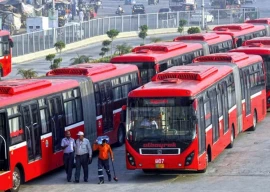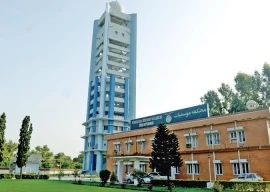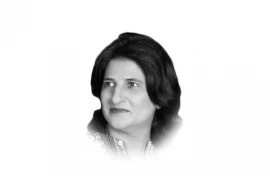In the first, the problem is that the Muslims of the Kashmir valley feel they had no say during Partition. A promise made to them by then prime minister Jawaharlal Nehru over a plebiscite — a referendum on what they wanted to do — was withdrawn. Later, the state was integrated into the Indian Union through a series of steps that many Kashmiris did not accept as legitimate.
The United Nations was pulled into the matter early on, but the Cold War and a divided Security Council left matters opaque. Not being able to accept the reality, Kashmiris rebelled violently less than three decades ago. Two generations of Kashmiris have grown up with a powerful military presence. And the Hindus of the Valley were sent packing.
The Kashmiri separatist violence did not leave the state. No bombings or attacks were carried out by Kashmiris in Mumbai or Delhi all these decades. Those Kashmiris who took up arms did so in their state and against the Indian armed forces. These men are not seen by most Kashmiris as terrorists though that is how they are seen in the rest of India.
India says the problem there has been external. If there was no mischief from Pakistan, there would not be an issue. However, we seem to be unable to treat Kashmiris as Indians as the extreme violence against them shows.
The second conflict area is about the taking of resources in traditional Adivasi areas. These are rich in minerals and coal and the Indian state wants to exploit these resources as ‘national wealth’. Unfortunately, we have been unable to treat the Adivasis, whose lands we have taken and are taking, with fairness. To some extent this is not deliberate. India is not an efficient place and not a rich one.
The government cannot competently deliver education and health to the majority of Indians, especially the poor. But in the case of the Adivasis, who are 8 per cent of India’s population, there is the added insistence that they make a sacrifice.
It is from their lands that the coal which is used to power air conditioners and washing machines in Indian cities is taken. It is their forests that are cut down and polluted. If seams of coal were to be discovered under South Mumbai and South Delhi, we can be assured that there would be much more talk of human rights, exploitation and the environment than we have seen. But the Adivasi does not have many allies in his fight for his rights.
The violence against this exploitation is called Maoism or left-wing extremism. Such neat phrases make it easier for urban Indians to ignore underlying causes and to accept these people as ‘terrorists’. Words like extremist, terrorist, Maoist and jihadist are drilled into us for this reason alone.
Like the Kashmir violence, the Maoist violence has not reached Chennai or Kolkata, it is contained in the Adivasi belt. There are no landmines that go off in our cities and there are no sieges of corporate offices.
The third area of conflict is the northeast region. This is a part of India that was not under Mughal rule. The British made the tribes submit and these areas were brought into India fairly recently. Some of these tribes resisted the integration even before 1947. They have continued their violence. And for decades this resistance has been pacified by the Indian army which has a strong presence there. But the rebels of the northeast do not fight their war in Bangalore and Hyderabad. No attacks are made against our airports and no hostages are taken in our schools.
Lakhs of Kashmiris and north-easterners live in urban Indian centres where they work. They come into the news every now and then when they are refused a house on rent or when they are attacked because of their race. They have left the conflict of their land behind them. It is as if all that killing and exploitation is happening in someone else’s country.
This central fact has enabled the Indian middle class to ignore our three conflicts. The violence does not touch us at all and so we are able to easily look away from the underlying reasons and grievances.
From our drawing rooms and our television studios we call all of this terrorism. We can distance ourselves from it and we are fortunate to be able to do this. It allows the government to be as firm as it wants, and as hard as it wants with these people because its actions do not affect or interest the rest of us.
Published in The Express Tribune, July 17th, 2016.
Like Opinion & Editorial on Facebook, follow @ETOpEd on Twitter to receive all updates on all our daily pieces.




1723621875-0/kylie-(1)1723621875-0-165x106.webp)










1725096749-0/Untitled-design-(1)1725096749-0-270x192.webp)



COMMENTS (32)
Comments are moderated and generally will be posted if they are on-topic and not abusive.
For more information, please see our Comments FAQ